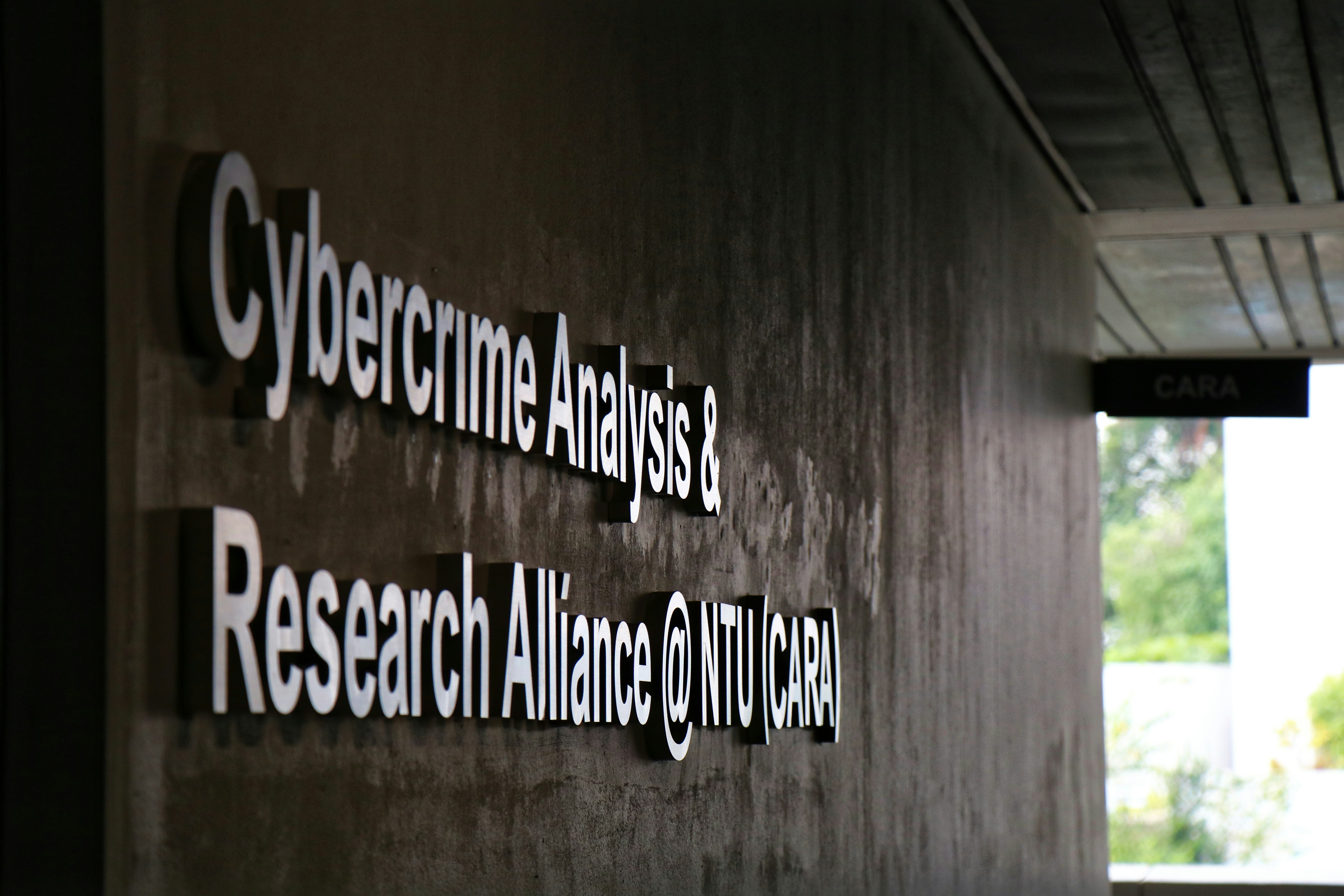
Introduction to Email Compromise
Email compromise refers to the unauthorized access and manipulation of an organization’s email account, often by cybercriminals seeking to exploit sensitive information for fraudulent purposes. This type of intrusion has become increasingly prevalent in today’s digital landscape, posing a significant threat to businesses of all sizes. With the rise of sophisticated hacking techniques, organizations are experiencing an alarming increase in email breaches, making it crucial for them to remain vigilant.
The consequences of a compromised email can be severe and multifaceted. Businesses may face direct financial loss through fraudulent transactions or unauthorized disbursements, as well as indirect costs resulting from reputational damage. Once a company’s email is compromised, trust erodes between clients and partners, resulting in long-term harm to established relationships. Moreover, sensitive information contained in emails, such as customer data and financial records, can be exploited, leading to further ramifications, including regulatory penalties and litigation.
To mitigate these risks, it is essential for businesses to implement early detection measures and proactive strategies that can identify email breach signs. Awareness of potential fraud alerts, such as unusual login activity, changes in account settings, or unexpected email requests, is critical for organizations. Engaging in proactive approaches, such as utilizing BEC detection with tools like Transactions Anomaly Watch (TAW) or seeking TAW professional assistance, can significantly enhance a business’s defense against email fraud. By closely monitoring email activity and adopting robust security protocols, businesses can protect their email accounts from compromise and safeguard valuable assets.
Sign 1: Unusual Sending Patterns
One of the primary indicators of a compromised email account is the presence of unusual sending patterns. When a business’s email is breached, the attacker often uses the account to send out fraudulent communications. This may manifest as emails dispatched at odd hours, particularly during the night or on weekends when the account owner is typically offline. Additionally, a sudden increase in the volume of sent emails is often a telltale sign of an email breach. Such spikes can signify that the compromised email is being utilized to distribute spam or phishing attempts to various recipients.
Another crucial aspect to monitor is the nature of the recipients. If emails are being sent to unfamiliar contacts or a significant number of addresses at once, this could indicate that the account is being leveraged for malicious purposes. Businesses should be vigilant about these irregularities—detecting abnormal behavior early on can help mitigate the repercussions of a breach.
Moreover, analyzing email logs can provide insights into these unusual patterns. Look for transactions that deviate from the norm, such as unexpected attachments, peculiar subject lines, or unusual content, which might be employed to deceive recipients. Companies should consider employing sophisticated BEC detection tools, such as Transactions Anomaly Watch (TAW), to assist in identifying these red flags in email communication. If these tools signal potential fraud alerts, it may suggest that the business should seek TAW professional assistance for further investigation.
Being proactive about monitoring email activity for signs of anomalies is imperative. Any discernible deviation from typical usage patterns should prompt immediate scrutiny. The sooner these irregularities are detected, the quicker corrective actions can be implemented to protect both the business and its stakeholders from potential threats related to compromised emails.
Sign 2: Notification of Account Access from Unknown Locations
One of the most alarming indicators that your business email may have been compromised is receiving notifications about account access from unfamiliar locations or devices. Such alerts are typically triggered when there are login attempts that do not originate from recognized IP addresses or devices that have previously accessed the account. These fraud alerts are essential because they serve as a critical first warning sign of potential unauthorized access.
To effectively monitor for these email breach signs, it is important to regularly check your email account’s security settings and activity logs. Many email services offer a feature that allows users to view account activity, including the locations from which their accounts have been accessed. If you see entries from locations you do not recognize or if the access occurred at unusual times, this could indicate that your email has been compromised.
In cases where you find suspicious login attempts, it is crucial to take swift action. This may include changing your password immediately and enabling two-factor authentication to add an extra layer of security. Additionally, informing your IT department or seeking TAW professional assistance can ensure that further investigations are undertaken to ascertain the extent of any unauthorized access. Utilizing tools such as Transactions Anomaly Watch (TAW) may help in identifying patterns that suggest ongoing threats, thus enhancing your business’s cybersecurity posture.
Monitoring account access notifications and investigating any anomalies promptly can help mitigate the risks associated with email breaches. By staying vigilant and addressing these signs effectively, businesses can work towards preventing significant security compromises that could jeopardize sensitive information and overall operational integrity.
Sign 3: Unexpected Password Changes
One of the most alarming signs of a potential email breach is receiving unexpected password change notifications. If you notice an alert indicating that your password has been reset, and you did not initiate the change, this may indicate that someone is attempting to gain unauthorized access to your email account. In such situations, it is crucial to act promptly, as attackers may be trying to take control of your account for malicious purposes. Typically, compromised email accounts are accessed to send fraudulent emails or gather sensitive information, making it necessary to recognize these warning signs as a priority.
When you experience an inability to access your email, or if your password has changed unexpectedly, the first course of action should be to regain control of your account. If you are unable to reset your password using established recovery methods, seeking professional assistance may be required. A dedicated service like Transactions Anomaly Watch (TAW) can help you monitor ongoing breaches and alert you to any suspicious behavior, effectively aiding in the detection of BEC (Business Email Compromise). Additionally, fraud alerts may be triggered if unusual transactions originate from your account, thus increasing the importance of immediate response actions.
To fortify your email account against potential threats, it is essential to establish strong, complex passwords and enable two-factor authentication whenever possible. Utilizing long phrases that incorporate a mix of letters, numbers, and special characters makes it more challenging for attackers to compromise your email. Regularly updating passwords and avoiding the reuse of old passwords is also a best practice that can significantly mitigate risks. In the event of experiencing an email breach or compromised email, taking decisive action is crucial to securing your business communications and personal information.
Sign 4: Strange Forwarding Rules
One of the less obvious but concerning signs of a compromised email account is the presence of strange forwarding rules. These rules can be set up by attackers to redirect sensitive emails to their unauthorized accounts without the victim’s knowledge. By monitoring your email settings and configurations regularly, you can identify any anomalies that may indicate a breach, especially regarding email forwarding settings.
To check for strange forwarding rules, start by accessing your email settings. Most email service providers have an option to review and edit email forwarding rules. Look for any entries that you do not recognize or those that appear suspicious. If you find any rules that have been created without your consent, it is crucial to delete them immediately to regain control over your email account.
Once you identify and eliminate these unauthorized rules, it may also be prudent to assess the overall security of your email account. This includes changing your password to a strong and unique one, enabling two-factor authentication, and regularly monitoring your account for any signs of fraud alerts. In addition, running a transactions anomaly watch can help you track any unusual activities within your email account and ensure that no further breaches occur.
If you suspect that your email has been compromised, seeking professional assistance is advisable. Cybersecurity experts can help you identify potential vulnerabilities and implement necessary measures for enhanced security. By staying vigilant and aware of potential email breach signs, you can protect your business’s sensitive information and maintain the integrity of your communications.
Sign 5: Engaging in Unusual Conversations
Engaging in unusual conversations through email can serve as a significant red flag that your business email has been compromised. When you notice discussions that deviate from your regular communication patterns, such as unexpected requests for sensitive information or unfamiliar topics, it is imperative to remain vigilant. Compromised email accounts often lead to impersonation tactics where a hacker masquerades as a trusted colleague or business partner, demanding information that seems innocuous at first glance yet veers into sensitive territory. For example, you might receive an email asking for login credentials under the pretext of an urgent business need, which is a classic phishing tactic.
Such suspicious correspondence may also include unusual responses to prior discussions. If you find that contacts are engaging with you in ways that feel out of character, it could be symptomatic of an email breach. Furthermore, an impostor might initiate conversations that pivot unexpectedly toward financial transactions or requests for transfer of funds, often utilizing language that creates a sense of urgency or panic. Awareness of these tactics can greatly enhance your ability to detect email breach signs. It is essential to scrutinize all communications that require sensitive information.
To protect against falling victim to these scams, always verify the authenticity of unusual requests. If a financial transaction is involved, particularly, consider following up with a phone call to the sender using a reliable contact number, rather than responding directly via email. By maintaining a cautious approach to your email interactions and being aware of the signs of fraud alerts, you can effectively guard your business against potential threats. Should you suspect that your email has been compromised, seek TAW professional assistance immediately to address and mitigate any risks associated with compromised emails.
Sign 6: Email Account Lockouts
Frequent email account lockouts can be one of the most alarming signs that your business email may have been compromised. These lockouts, which require constant resetting of passwords, often indicate unauthorized access attempts. When a legitimate user is needed to reset their password repeatedly, it raises critical concerns about the security of the email account in question.
Common scenarios leading to lockouts include multiple failed login attempts by unknown users or malicious actors trying to guess passwords. For instance, if an employee finds their account locked after a series of attempts, it could be an indication that a third party is attempting to gain access. This could stem from phishing attacks, where cybercriminals trick users into providing their credentials, or from previous data breaches that may have leaked sensitive information.
It is essential to investigate these occurrences promptly. Business owners should conduct a review of their email account security settings to ensure they are properly configured. This includes enabling multi-factor authentication (MFA), which adds an additional layer of security by requiring verification through a secondary device, significantly reducing the risk of unauthorized access.
Additionally, organizations should monitor their email accounts regularly for unusual activity, using tools like Transactions Anomaly Watch (TAW) to detect fraud alerts related to account access. In the face of recurring email lockouts, it is prudent to seek TAW professional assistance to address potential vulnerabilities effectively. This proactive approach can help mitigate risks associated with compromised email accounts and streamline account recovery processes in the event of future occurrences.
Ultimately, recognizing the signs of frequent email account lockouts and taking appropriate action can be critical in safeguarding your business against hacking attempts and ensuring the integrity of your communications.
Sign 7: Sudden Increase in Spam Emails
A sudden influx of spam emails is a common indicator that your business email may have been compromised. This can happen when a cybercriminal gains unauthorized access to an organization’s email account and exploits it to send spam or phishing attempts. In such scenarios, attackers often utilize the compromised email to launch fraudulent campaigns, targeting not only the company’s contacts but also clients and customers. The consequence is a deterioration of the email account’s credibility and integrity, amplifying the risk of falling victim to further cyberattacks.
When a hacker infiltrates an email account, they can harvest contact information from the organization’s address book and use it to distribute mass emails. These unsolicited communications may contain dubious links or attachments designed to deceive recipients. Not only does this practice undermine trust in your email communications, but it can also lead to serious financial implications, as employees may inadvertently engage with these malicious entities, thinking they are legitimate representatives of the company.
To mitigate the issue of increased spam emails, implementing robust security measures becomes paramount. Organizations should actively monitor their email traffic for any anomalies, leveraging solutions like fraud alerts for timely detection of compromised accounts. Utilizing tools such as Transactions Anomaly Watch (TAW) can provide invaluable insights, allowing businesses to recognize and react to suspicious behavior promptly. Additionally, seeking TAW professional assistance can equip the organization with advanced detection protocols while reinforcing security training for employees. Keeping the communication channels clean will not only protect the organization from further attacks but also enhance its reputation and maintain stakeholder trust.


